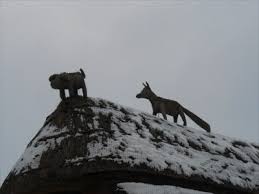I thought it was time for another thatched animal – I took this photo on a frosty February morning at a house in Arrington where I was working. As you can see it’s a rather handsome fox. Confusingly, the thatch roof is immediately behind the tiled roof. The lady customer ‘rides to hounds’ as they used to say, in other words she enjoys fox hunting, albeit in its new modern form! Hence the fox on her thatched roof. Inside her house she had many other pictures and ornaments of a foxy, hunting theme, highlighting her interest in this country past time.
An internet search tells us that fox hunting is: An activity involving the tracking, chase and, if caught, the killing of a fox, traditionally a red fox, by trained foxhounds or other scent hounds, and a group of unarmed followers led by a “master of foxhounds” (“master of hounds”), who follow the hounds on foot or on horseback.
Fox hunting with hounds, as a formalised activity, originated in England in the sixteenth century, in a form very similar to that practised until February 2005, when a law banning the activity in England and Wales came into force. A ban on hunting in Scotland had been passed in 2002, but it continues to be within the law in Northern Ireland and several other countries, including Australia, Canada, France, Ireland and the United States. In Australia, the term also refers to the hunting of foxes with firearms, similar to deer hunting.
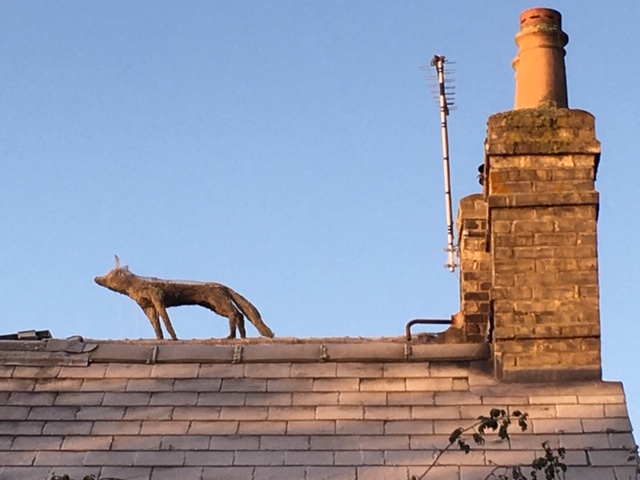


 My name is Paddy McKeown, I am a retired police officer (Detective Sergeant – Metropolitan Police), turned chimney sweep. I have completed training with ‘The Guild of Master Chimney Sweeps’, and Rod Tech UK (Power Sweeping).
My name is Paddy McKeown, I am a retired police officer (Detective Sergeant – Metropolitan Police), turned chimney sweep. I have completed training with ‘The Guild of Master Chimney Sweeps’, and Rod Tech UK (Power Sweeping).
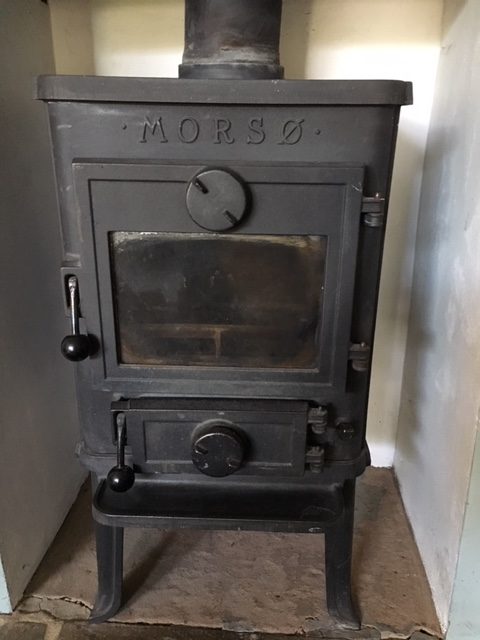

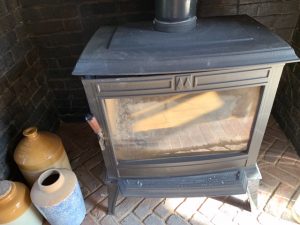
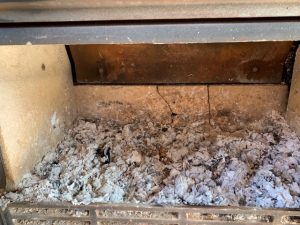
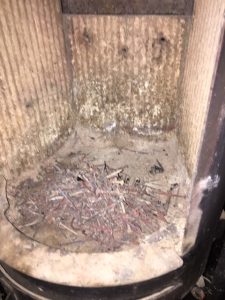
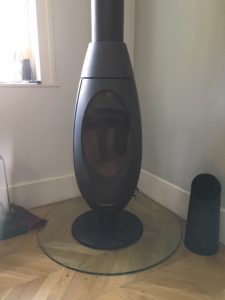
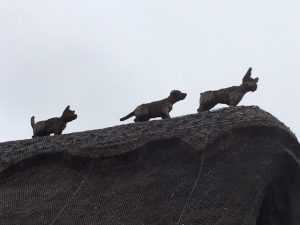
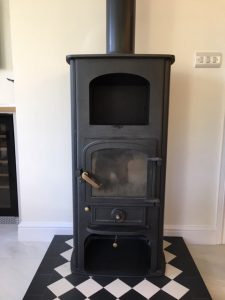

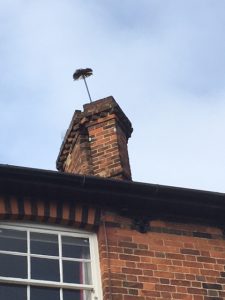 British folk law has it that it is lucky to see a chimney sweeps brush out of the top of a chimney. The mythology goes that the customer or any passer-by can make a wish on the brush when they see it emerge from the chimney; however they mustn’t tell anyone their whish as it will then never come true! Chimney sweeps themselves are also thought to be luck; folk law states that it luck to shake the hand of a chimney sweep, or to see a chimney sweep on your wedding day or even be kissed by the sweep!
British folk law has it that it is lucky to see a chimney sweeps brush out of the top of a chimney. The mythology goes that the customer or any passer-by can make a wish on the brush when they see it emerge from the chimney; however they mustn’t tell anyone their whish as it will then never come true! Chimney sweeps themselves are also thought to be luck; folk law states that it luck to shake the hand of a chimney sweep, or to see a chimney sweep on your wedding day or even be kissed by the sweep!